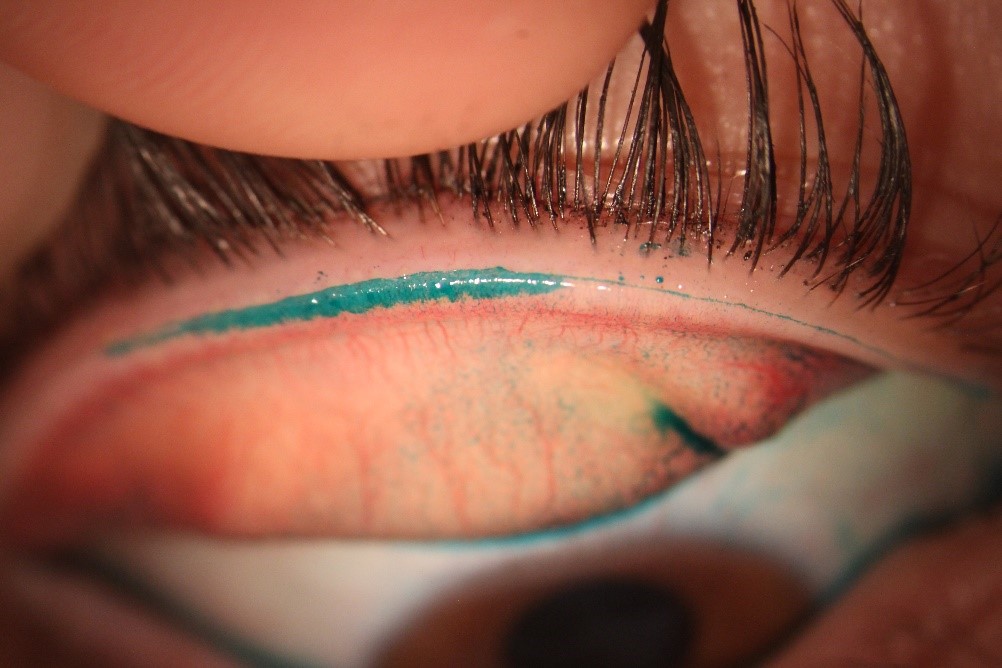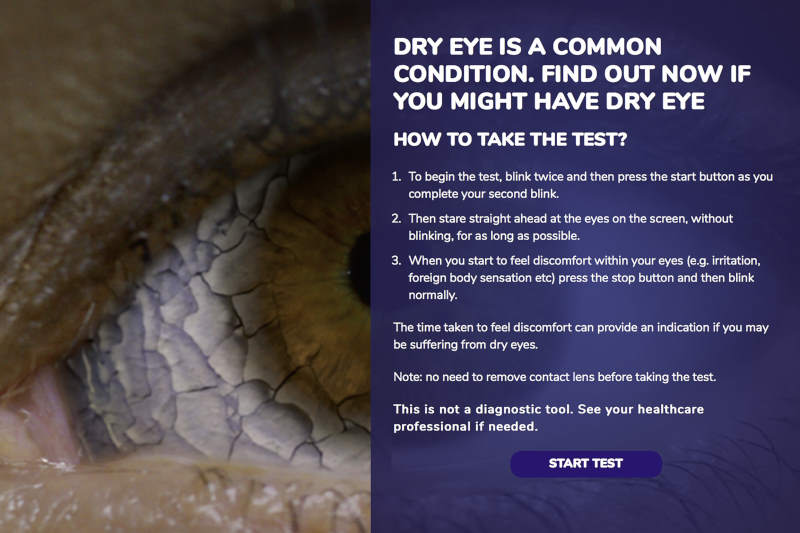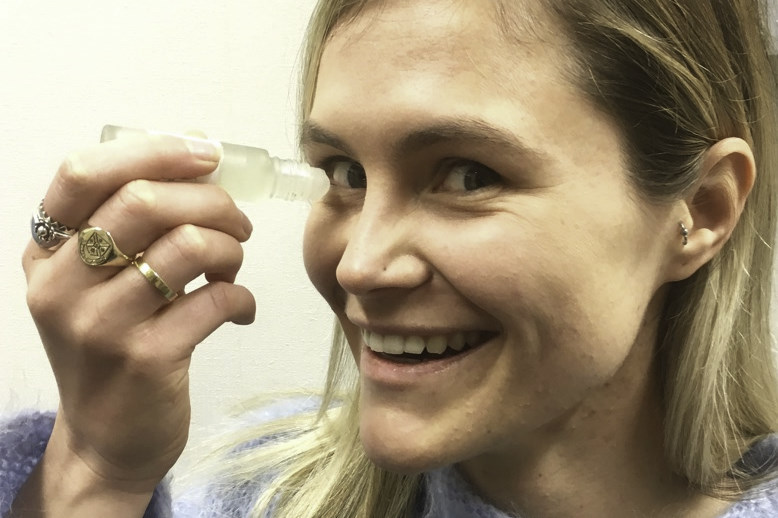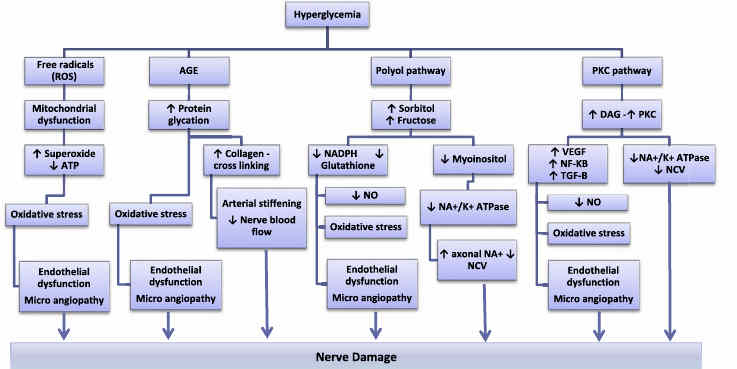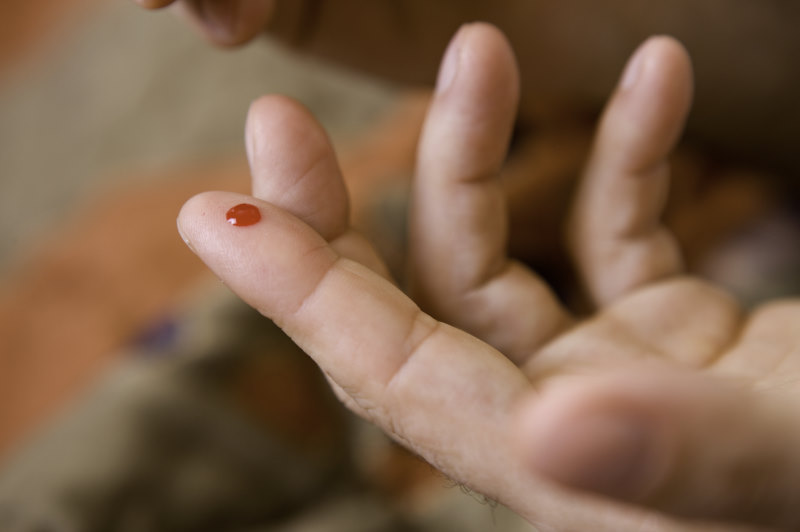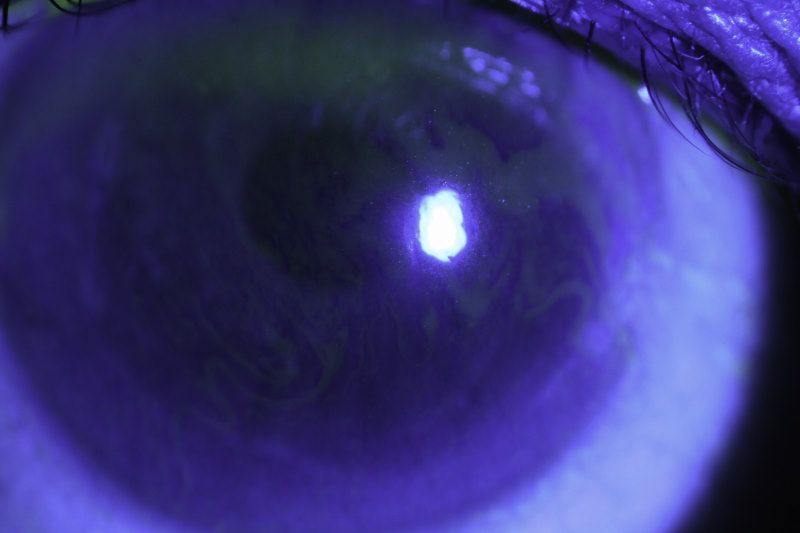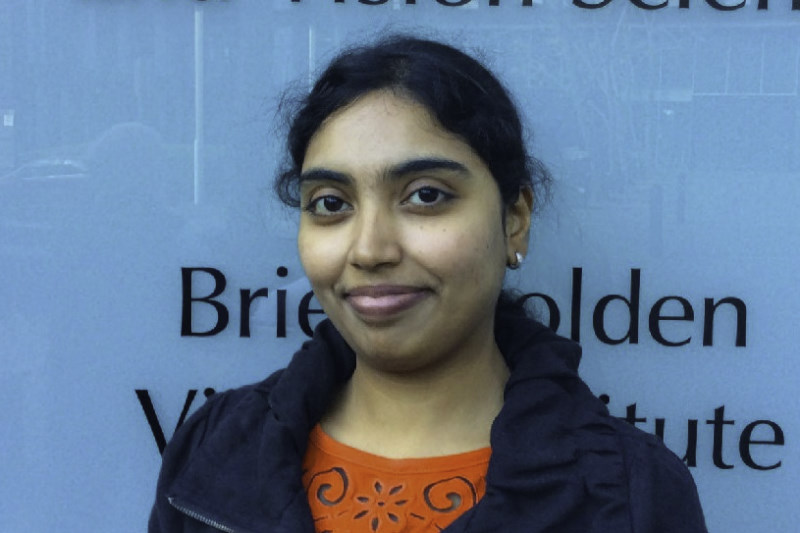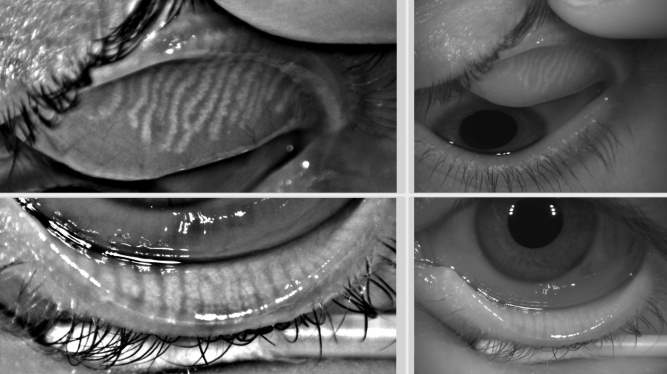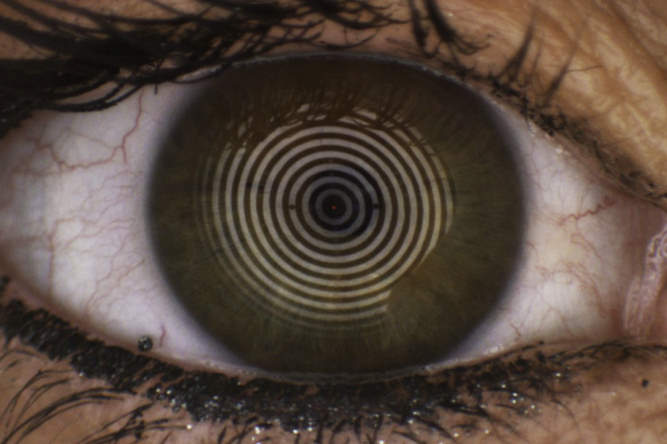TFOS DEWS II: a year on…
It’s been a full year since the outcomes of the Tear Film & Ocular Surface Society’s second Dry Eye Workshop (now better known as TFOS DEWS II) were released to the world in a series of 10 reports that distilled the scientific evidence and provided an updated global consensus view on various aspects of dry eye… and what a year it’s been!
Whether it was greater public awareness; increased recognition of the impact dry eye has on quality of life; a sense of optimism that there are more available therapeutic options than ever to make a difference to affected patients’ lives; or simply a lack of patience to see the long-promised outcomes of the two and a half years’ of effort by more than 150 experts, I’m not sure, but the results were certainly eagerly awaited by researchers, clinicians, industry, regulators and patients alike.
Ensuring outcomes reach those who matter
A year on, as I pack for the third Ocular Surface and Keratoprosthesis Conference (OSKON) in Chennai, India - the most recent area in the world in which TFOS DEWS II is being showcased - there’s been little sign of this initial interest dwindling. Practitioners across the world remain eager to improve their understanding of dry eye disease (DED), learn more about the key outcomes from the report and update their practices accordingly to provide the best service possible to their patients.
It’s been pleasing to see entire international conference sessions devoted to the presentation of the TFOS DEWS II reports. The first such sessions were at the TFOS conference in Montpellier, ARVO in Baltimore and in Washington DC in 2017. In Washington, interest was so keen, the interactive presentations were live-streamed to other countries. Interest has continued to spread and I’ve had the opportunity to present TFOS DEWS II sessions, in person, at conferences as far afield as Romania (Sibiu, Transylvania), India (Chennai), and Peru (Lima) as well as to ensure that our new found dry eye knowledge is passed on more locally in New Zealand. I’ve also had the pleasure of contributing to a sponsored Canada-wide tour, an initiative designed to take TFOS DEWS II to Canadian optometrists throughout the country, beyond just the main centres.
We’ve tried to maximise the relevance of the workshop’s outcomes to clinicians in optometric practice, so a practical format to the presentations has been adopted. A conventional slide presentation has been supplemented with a relatable, live demonstration of the recommended TFOS DEWS II dry eye diagnostic process, including examples of how appropriate therapeutic strategies might be applied. This has been very well-received by practitioners around the world who report having made changes to their daily practice after realising how easily the new diagnostic criteria can be implemented in a clinical setting.
An example of this live demonstration teaching format can be viewed from the first TFOS DEWS II presentation of this kind I delivered along with Professor James Wolffsohn (UK) and Professor Lyndon Jones (Canada). This was recorded by the British Contact Lens Association (BCLA) at their conference in June 2017 and is freely available here. Attempts have been made to address different practitioner learning styles and opportunities by providing the material in multiple formats: editorials and continuing education articles as well as podcasts and online CPD. Moderating an online CPD session for international online medical information provider Medscape was a novel experience in particularly professional surroundings. .
Encouraging education and discussion…
Supplementing the recommendations from the report, TFOS has further sponsored the creation of nine educational videos on diagnostic techniques – tear film stability assessment and evaluation of ocular surface staining, including lid margin staining, amongst others - as well as five videos on recommended management strategies, covering a range of therapies from lid hygiene to punctal plugging. These have been designed to encourage global consistency in technique and are suitable for use by practitioners who wish to expand their skills in dry eye or brush-up on existing skills and students learning the techniques for the first time.
Getting the word out to all those who might benefit was always a major goal of TFOS DEWS II. As a result, and thanks to industry sponsorship, the executive summary and in some cases, the entire report (close to 400 pages) have been, or are in the process of being, translated into multiple languages, including French, Italian, German, Spanish (sponsored by Allergan), Chinese, Korean, Portuguese, Vietnamese (sponsored by Novartis), Romanian, and Turkish (sponsored by SIFI). In addition, a more layman’s version of the executive summary has been written for English-speaking patients to encourage awareness and understanding of the disease amongst those directly affected. This is currently also being considered for translation into other languages.
…and further research and awareness
The report continues to help increase awareness and recently has been used in an attempt to encourage better government funding in the US for dry eye research. In July 2018, TFOS and the Alliance for Eye and Vision Research (AEVR) joined with the vision community and coalition partners (including major US stakeholders in eye care and research such as ARVO and the American Academies of Optometry and Ophthalmology) to attend a Congressional Briefing and delegation visits on Capitol Hill in Washington DC. This was the second year that the Dry Eye Awareness Month of July has been recognised in this way. The Briefing focused on TFOS DEWS II and its impact on clinical practice and research.
Recognising that the work of TFOS is not possible without the help of many people, TFOS has appointed ambassadors across the world to facilitate the dissemination of ocular surface knowledge gained through TFOS DEWS II. I’m honoured to have been appointed the ambassador for New Zealand while Dr Maria Markoulli and Dr Laura Downie serve as the ambassadors for Australia. So, if you’re aware of an unmet need where TFOS might be able to assist, be sure to let us know.
Where to next – creating benchmarks
One of the major gaps in knowledge identified by TFOS DEWS II was the management of different subtypes and severities of DED. Certainly, we no longer expect all patients to achieve adequate resolution of symptoms from aqueous tear supplementation alone, but as we introduce a range of therapies to manage lid disease as well as lacrimal gland insufficiency, TFOS DEWS II recognises there’s a need for better evidence regarding which therapies will best suit which patients and at which point in their disease. As a starting point, a survey, to which many New Zealand clinicians contributed, has been conducted. Once analysed, the outcomes will describe how practitioners in different parts of the world are diagnosing and managing dry eye to provide a benchmark of standard of care and to highlight areas where scientific evidence is lacking and where adequately masked, randomised and controlled clinical trials should be conducted.
Understanding the natural history of DED
Another gap to be filled is in better understanding the natural history of DED and its common cause, meibomian gland dysfunction. To that end, through collaborations at Aston University in the UK with Professor James Wolffsohn, I was able to participate in the Royal Society’s Summer Science Symposium in London in early July. Members of the public who visited the seven-day exhibition, were offered an opportunity to learn about dry eye and to contribute to the research. This resulted in more than 1750 individuals providing data on their demographics, symptoms and comfortable staring capabilities, and around 1400 of those undergoing a rapid dry eye workup on the Oculus Keratograph 5M. This initiative has generated a wealth of data which it is anticipated will contribute to our understanding of how commonly dry eye occurs and offer insights into its relationship with age, sex and other risk factors.
Associate Professor Jennifer Craig is head of the Ocular Surface Laboratory at the University of Auckland, was vice-chair of TFOS DEWS II and is clinical editor of NZ Optics’ annual special feature on dry eye.











